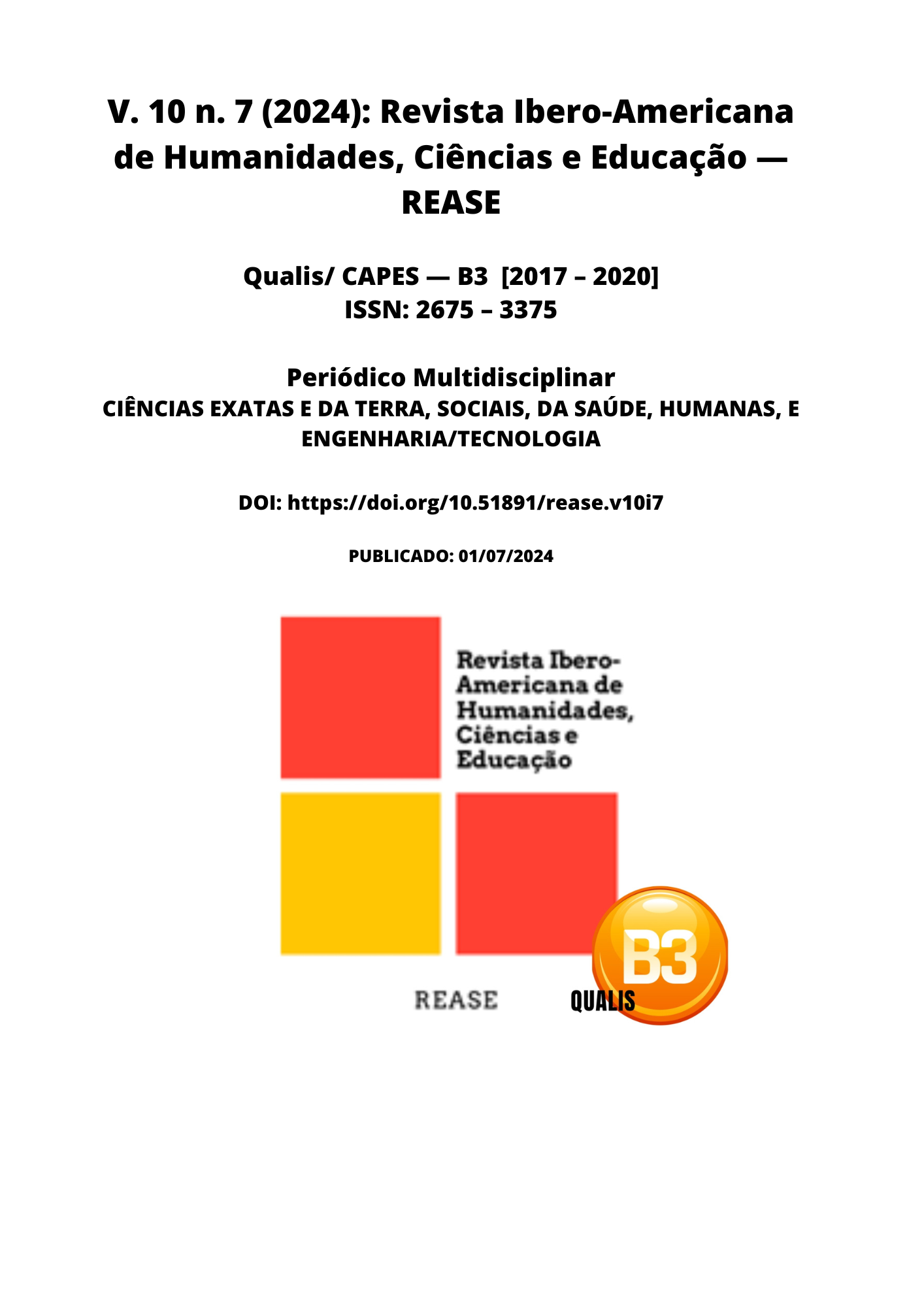INTESTINAL OBSTRUCTION IN PEDIATRIC PATIENTS: CLINICAL MANIFESTATIONS, SURGICAL MANAGEMENT AND OUTCOMES
DOI:
https://doi.org/10.51891/rease.v10i7.14774Keywords:
Intestinal obstruction. Pediatric patients. Clinical manifestations. Surgical management. Outcomes.Abstract
Intestinal obstruction in pediatric patients is a serious condition that can present significant challenges in diagnosis and clinical management. Characterized by partial or total interruption of intestinal transit, it can result from different etiologies, including intestinal atresia, intestinal volvulus and strangulated hernias, among others. Clinical manifestations vary widely, from acute abdominal symptoms such as pain, bloating and persistent vomiting to more insidious manifestations such as chronic constipation or changes in eating patterns. The systematic literature review aims to compile and analyze recent studies on the topic to explore the best practices in surgical management and associated outcomes. Objective: To provide a comprehensive synthesis of available evidence to guide clinical decisions and improve outcomes in pediatric patients with intestinal obstruction. Methodology: The review was conducted according to the PRISMA (Preferred Reporting Items for Systematic Reviews and Meta-Analyses) checklist. The PubMed, Scielo and Web of Science databases were consulted using the descriptors: "intestinal obstruction", "pediatric patients", "clinical manifestations", "surgical management", "outcomes". The inclusion criteria were studies published in the last 10 years, in English or Portuguese, that addressed clinical manifestations, surgical management and outcomes in pediatric intestinal obstruction. Exclusion criteria included duplicate studies, isolated case reports and articles unrelated to the main topic. Results: Analysis of the articles revealed that a multidisciplinary approach is crucial for the effective management of intestinal obstruction in children, emphasizing the importance of detailed clinical assessment, advanced diagnostic methods and timely surgical intervention. Prognostic factors, such as time elapsed until treatment and postoperative complications, were also discussed. Conclusion: This review highlights the complexity of intestinal obstruction in pediatric patients and the need for individualized treatment strategies to optimize outcomes. An in-depth understanding of clinical manifestations, therapeutic options and outcomes can guide future clinical practices and promote better care for this vulnerable population.
Downloads
Downloads
Published
How to Cite
Issue
Section
Categories
License
Atribuição CC BY

